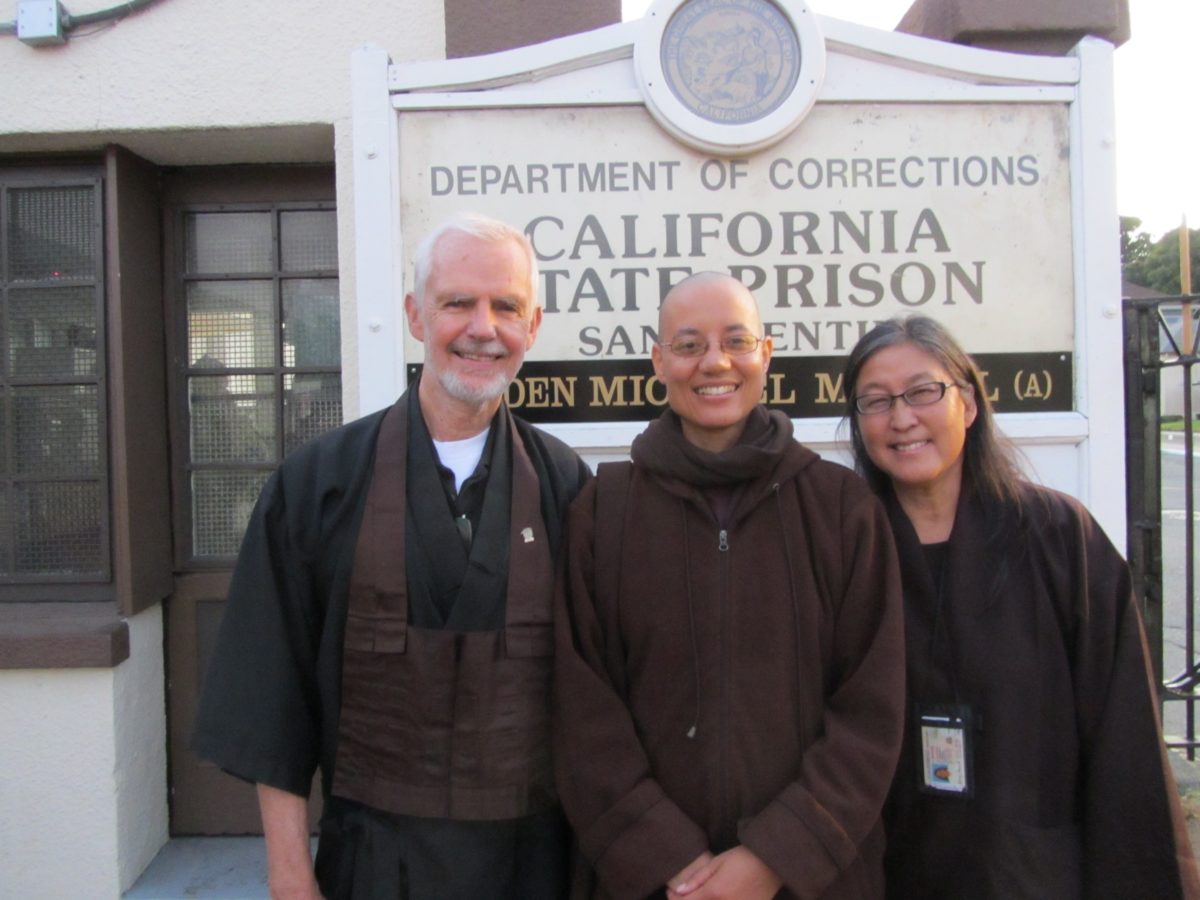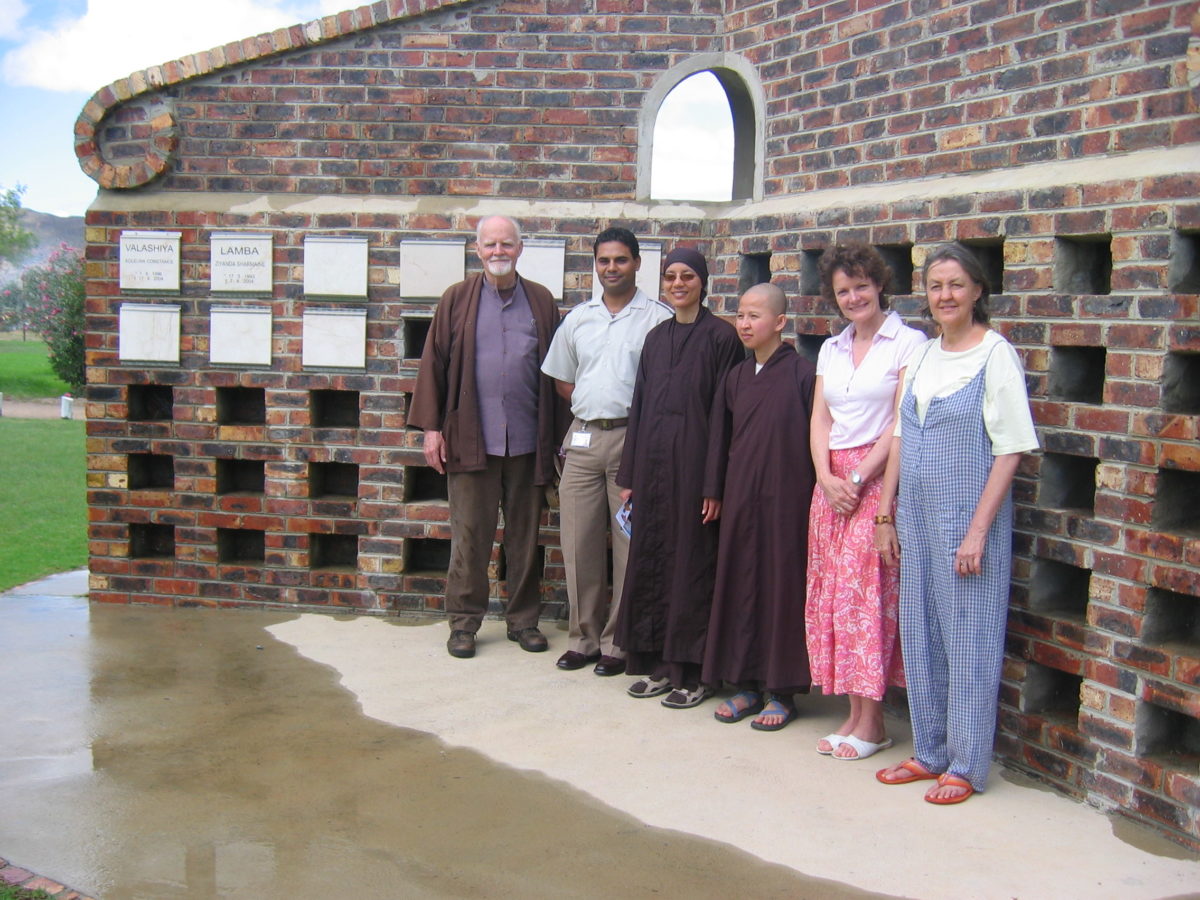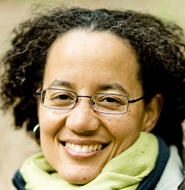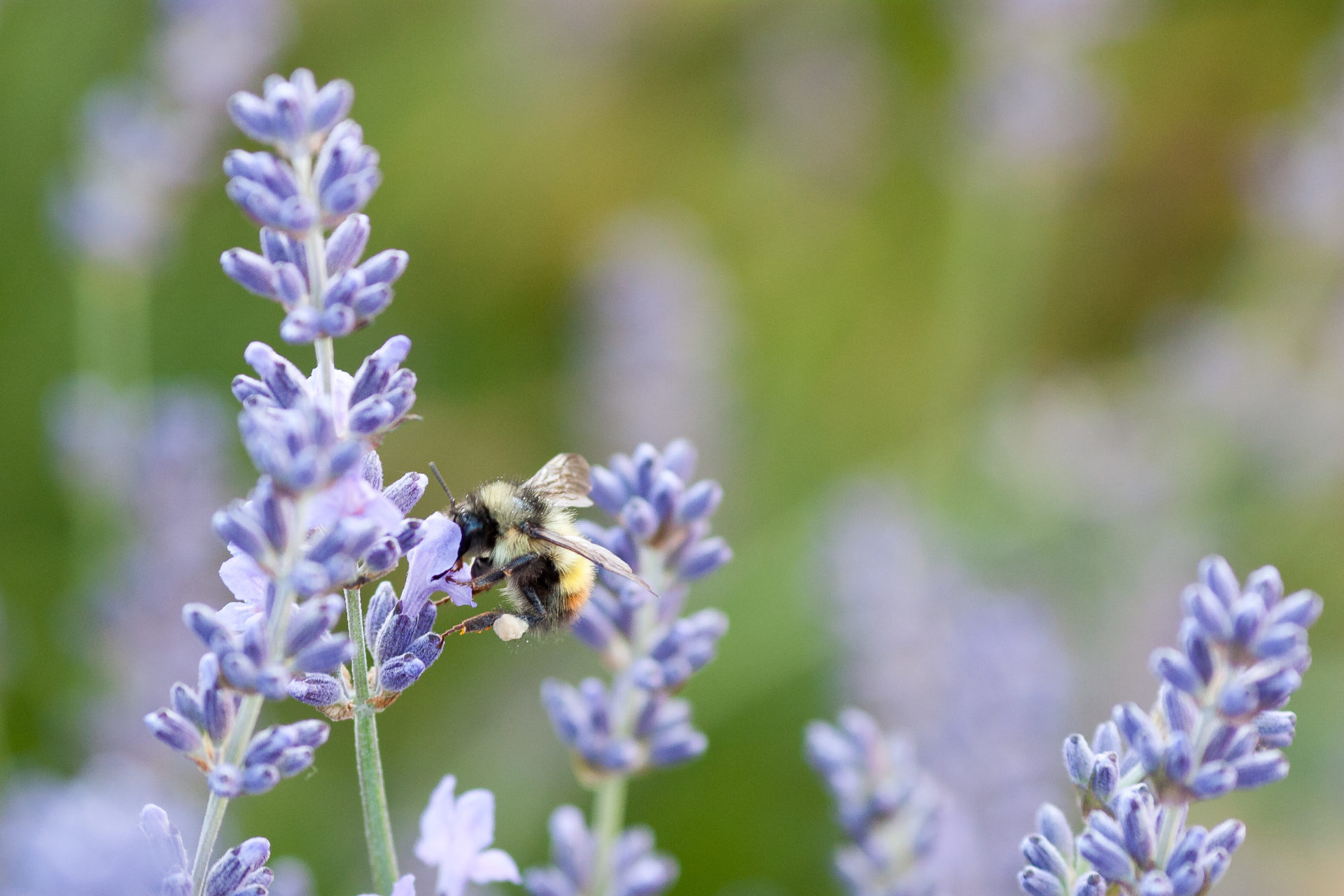By Kaira Jewel Lingo in February 2012

Now I see why Jesus told the disciples to visit the prisoner. The prisoner lives at the physical locations of human retaliation, at the place where life keeps dissolving into death-making. If we lose contact with this place in our culture,
By Kaira Jewel Lingo in February 2012

Now I see why Jesus told the disciples to visit the prisoner. The prisoner lives at the physical locations of human retaliation, at the place where life keeps dissolving into death-making. If we lose contact with this place in our culture, we abandon justice and forgiveness. Side by side, prisoner and free, we are in it together.
— Cynthia Winton-Henry, What the Body Wants
When Jun Hamomoto invited me to visit the Buddhadharma Sangha at San Quentin state prison1, I immediately felt drawn to go. On a Sunday afternoon, Jun picked me up and we enjoyed the beautiful drive from Oakland to San Quentin with the sun sparkling on the bay. We arrived at San Quentin and I left in the car any articles that could be a hindrance to getting past the security checks. I brought only a book as a gift for the sitting group, and even then, carefully removed the CD from its back jacket as Jun said it would require special clearance.
At the guard house by the main gate, we handed our IDs to the guard, a big, sturdy, Caucasian man, and signed in. We heard over the intercom that there had just been a stabbing in one area of the prison. Someone later explained it was a fight between Latinos and Caucasians. I asked the guard what the prisoners could use to stab each other.
“Those guys can create a weapon out of just about anything. They take pieces of metal out of their bed and sharpen it to make a blade, filing it down with their plastic cutlery. They file down springs in the bed to make sharp projectiles. They even make spears by wrapping wet newspaper in a cone shape around a sharp metallic head. You wouldn’t believe how creative they are at finding ways to harm.”
I said how important it was to channel that creativity into more constructive areas. The guard looked dubious and replied, “It is probably too late for many of these prisoners, better to start with kids still in school. But that’s why people like you are here. To help them be more positive.”
We asked if we could take a few pictures in front of the sign outside the gate before we entered. The guard came around the gate with us and zoomed in and out, trying several angles to get the perfect shot, first with flash, then without. Then he had us move to the other side of the sign and went through the whole process again. I was touched by his generosity and care because he came across as pretty gruff at first. I guess prison guards have to do that.
Jun asked if we could still go in after the stabbing, and the guard nodded. We walked through the staff parking lot toward the main entrance. I admired the white stucco Spanish architecture of the prison, its outer walls decorated with rows of beautiful blue tiles. The watch tower loomed over the several-story structure.
We signed in and showed IDs a second time to a younger Caucasian guard who stamped neon numbers across our wrists and allowed us to pass through one gate. Then we showed our IDs to a third older Latino guard sitting behind a glass window, and he let us in through the final gate. We entered a beautiful, grassy courtyard. Men were sitting on the ground near a guard station. We signed in yet again and let a pretty African-American woman guard know we were heading toward the Buddhist sitting group.
Jun explained that all the men were sitting on the ground because of the recent stabbing. On an alert, inmates have to sit down wherever they happen to be. (This was also the reason many of the men couldn’t get to the sitting group that night.) The men sitting down were friendly and seemed relaxed, sharing in soft, mellow voices. The two closest to us were African-American, one older, another younger. We exchanged a smile and turned to enter what Jun told me was the Muslim prayer room, which the Buddhist sitting group was allowed to use every Sunday night.
We entered the spacious, rectangular room, in which about fifteen men in bright blue prison uniforms and five visitors sat in meditation. All were on green mats and cushions arranged in a rectangle on the floor. An elder Dharma Teacher from the San Francisco Zen Center, Seido Lee deBarros, sat in a chair at the front of the room. Jun led us to our places. I was slightly skittish when I realized I would be sitting right next to an inmate. Young and with a short buzz cut, he looked Asian or Latino. But my nervousness quickly passed. I was really glad to be there.

Dignity and Discipline
I closed my eyes and followed my breathing, allowing my body to settle and feeling my excitement at being in this new and unfamiliar place. I quickly felt a real peace and presence in the room. Except for occasional far-off shouts and the low rumble of men conversing good-naturedly in the courtyard, it was quiet.
After about five minutes, one of the inmates stood and announced, as a guard entered the space, that there had been a recall because of the stabbing. All inmates had to return to their cells. We were a bit stunned. One of the visitors who sits regularly with the group said this had never happened before.
Several men came up to greet me. A forty-something African-American man thanked me for coming and shook my hand. He said he was sorry we couldn’t have our usual two-hour meeting and they were sad to miss hearing my Dharma talk. A tall, twenty-something Caucasian man also thanked me for coming and said they would have liked to share more with me. I shook hands with an elderly Caucasian man who started this sitting group over ten years ago, before anyone from the outside joined the group.
All of them had a clear, bright expression in their eyes. I was moved by their dignity and the discipline in the group. There was a kindness, friendliness, and openness that helped me feel immediately connected. It was also clear from the graceful way they accepted the unexpected interruption of our gathering that they had lots of practice with letting go.
I offered Thay’s book, Planting Seeds: Practicing Mindfulness with Children, to Seidosan as a gift for the whole group. One of the inmates thanked me for it and said they would enjoy reading it.
After leaving, in the warm 7:00 p.m. sun, the five visitors, Jun, and I informally introduced ourselves as we walked back through the two gates and signed out. I reflected in our small group how good it was that we were meditating and cultivating peace around the time of the stabbing. Our energy was helping to balance out the violence and anxiety in another part of the prison.
The Group of Hope
I shared with the other visitors that if we had been able to spend the evening together as planned, I was going to tell the men the story of the Group of Hope, a humanitarian group in Brandvlei, a maximum security prison near Cape Town, South Africa. Visiting them in 2008 was one of the most profound and memorable experiences of my two weeks in southern Africa.
The Group of Hope began in 2002 with the intention to raise awareness about HIV in prison, to help reduce discrimination toward prisoners with HIV. The men wanted to do something for prisoners dying with AIDS, and so they began a garden and grew vegetables for them, visited them in the prison hospital, and sent cards home for them.
The inmates’ care and desire to educate others about the realities of HIV soon led them to sponsor twenty-six HIV-positive orphans, who came to the prison to visit with the men once a month, bringing them lots of love and joy. The Group of Hope threw birthday parties for them, grew vegetables for them, and made them clothes (they raised enough money to buy several sewing machines for this purpose).
When a volunteer introduced them to the first HIV-positive orphan they were to adopt, Thabang, the men asked the prison administration for the clothing in which they had entered the prison. They cut up their own clothes and hand-sewed clothes to fit Thabang. Bonding with him and the other children, they got a taste of fatherhood, and their life in prison began to have much more meaning and purpose.
By 2008, their social work from behind bars had grown exponentially to include making clothes for disabled children and elders, sponsoring orphanages and street children, visiting the sick in the prison hospital and making cards for them, as well as organizing festival events in the prison to commemorate World AIDS Day and to promote awareness of violence against women and children. They even established a memorial outside the prison entrance to honor and house the urns of their program’s AIDS orphans who passed away. The group’s good energy had a powerful effect on other prisoners.
Although the word “prisoner” was printed in small letters all over their bright orange uniforms, I felt it should instead say “free person” because of their great compassion and love. When we are free from hatred and discrimination, we are free people. Many people living “outside” do not look as free to me as the men in the Group of Hope.2
I found it very inspiring to listen and share with the Group of Hope. Because of their harmony and kindness, my first visit to a prison was positive and pleasant. Theirs was also the most racially integrated group I encountered on my entire trip in South Africa. While the majority of inmates were black, a number were white and “colored,” an Afrikaans-speaking ethnic group in South Africa, descendants of early Dutch settlers and native Africans. San Quentin’s Buddhadharma Sangha had a similar racial diversity, which I very much appreciated.
I asked the San Quentin visitors to share this story with the men the following week, and they promised to do it. Before we left, one of the women offered us bags of cherry tomatoes still on the vine from her garden. My, were they sweet! We enjoyed their juiciness and vital smell of just-picked freshness. Seidosan said, “Just like the Dharma, sweet in the beginning, the middle, and the end.” We all smiled, enjoying that precious, quiet moment of cherry-tomato-togetherness. I decided to offer some to the guard and slipped back through the gate to hand him a bunch. He was surprised and smiled broadly in thanks—another sweet moment of connection. Back outside the gate, our group kept lingering, not really wanting to part company, perhaps also feeling pulled to be with the inmates. The sun was edging further and further toward the horizon. Finally we offered bows and last words of appreciation for the time together.
Jun and I returned to her car. We drove a few yards down the main street and parked by a small beach. We walked down the wooden steps to the beach and as Jun stood still, calf-deep in the water, I walked back and forth along the length of the small cove, enjoying the waves coming and going. We watched the first stars come out and the lights of the cars dancing over the bridge. It was a beautiful ending to our visit.
For the Whole World
Thay speaks about knowing the taste of the whole pot of soup just by tasting one teaspoon of it. Our very short visit to San Quentin was a spoonful of a delicious, nourishing pot of inmates- who-practice-deeply-and-really-have-a-Sangha soup! I feel lucky to have had even just five minutes together, and to touch their humanity and goodness through the briefest of smiles, handshakes, and words of greeting.
The San Quentin sitting group, like the Group of Hope in South Africa, is a powerful example of self-forgiveness. When we decide to engage in positive, meaningful, transformative action in the present, we are releasing the bonds of the past and affirming that our lives are worth living and living well, to the best of our ability. By taking action now to water what is good in us, we release the wrongdoing committed in the past, not handcuffing ourselves to memories, self-blame, and recrimination, and ensuring that we will do better at avoiding harmful actions in the future. Whenever we water the good seeds in us, the seeds of suffering in us grow weaker all by themselves. For inmates, simply showing up to meditate and practice together is a bold statement of self- appreciation, self-love, and self-care; they are showing up not just for themselves, but also for each other, as friends, brothers, fellow travelers on the path.
Whenever we choose to keep going despite our past wrongs, to connect and deal openly with whatever is in our reality now, with hope and kindness, that is a moment of self-forgiveness. Doing what we can to build connection rather than create distance, to honor ourselves and others rather than to criticize and blame, that is self-forgiveness. These wholesome actions are also ways of forgiving life for the fact that our past wasn’t what we wanted or needed. Every day, we can choose to show up for life just as it is, determined to bring the best of ourselves to it.
Although I was asked to offer the inmates a teaching that Sunday evening, it was really they who gave me the Dharma talk! I am so grateful for such memorable teachings, shining from each inmate simply because they showed up and were truly present. I am thankful for their practice of awakening, moment by moment. What they do in San Quentin is for themselves, but it is also for the whole world.


